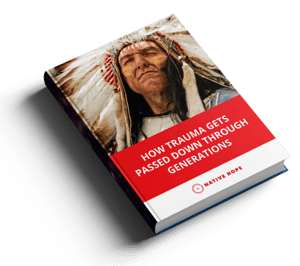Native American History, Life, and Culture
Reflecting on our foundations
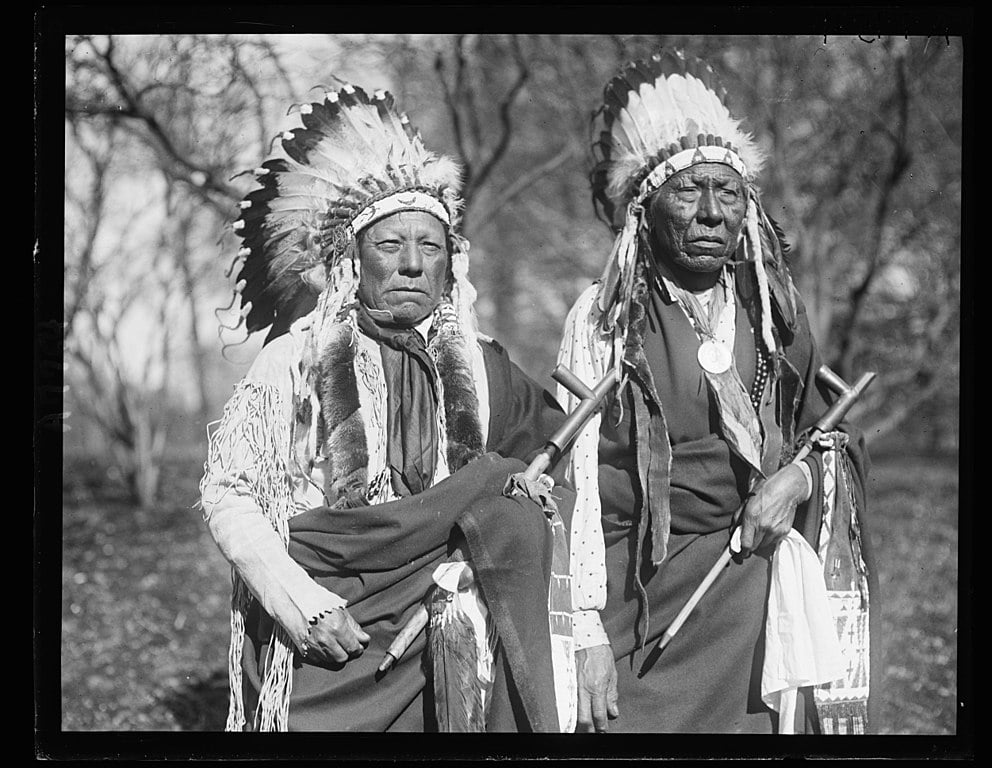

The mountain symbol comes from the Cherokee Tribe and is used here to represent the notion of “challenges.”
HISTORY
The Greatest Untold Story of Our Time
The story of the North American indigenous peoples is a story of loss, hardship, violence, betrayal, and misappropriation. It is also a story of community, spirituality, diversity, honor, and resilience.
Few history books capture the beauty and complexity of indigenous life and rich Native American history in North America before the arrival of European settlers. None of them can adequately trace the life, religious practices, and customs of the more than 600 unique tribes that lived above the Rio Grande Valley before the 15th century.
Most history books settle for accounts of the encounters between European settlers and Native tribes as told from the perspective of the settlers. In brief sections and sentences, they will allude to the most vivid moments in the history of colonization: the French and Indian War, the Creek War, the Indian Removal Act, the Seminole Wars, the Trail of Tears, the Long Walk of the Navajo, the Battle of Little Bighorn (or the Battle of Greasy Grass), the massacre at Wounded Knee, and many more.
But no historian has been or ever will be able to properly capture the nuanced detail of Native American culture from the perspective of Native peoples from antiquity up until the present day.
We believe in the power of storytelling to dismantle barriers, bring healing, and inspire hope for native people.
Stay connected and read more stories.
CHAPTER 1
Where Were Native American Tribes Located?
Because of the complex Native American history of relocation, genocide, and disease and because of the enormous number and variety of the unique
Native American tribes, it can be difficult to understand where each tribe farmed, hunted, or roamed in the days before European settlers arrived.
However, tribes are typically grouped and understood in terms of 8 rough geographic and cultural regions.
In recent years, Aaron Carapella, who lives on the Cherokee Nation, has dedicated years of research to create detailed maps of the Americas that feature the names and the pre-contact homelands of the tribes that lived there. On his map, Aaron offers a brief description and commemoration of his work:
Many tribes did not survive the invasion by Europeans, yet this map serves as a visual reminder of their memory. This is the first time for many of these tribes to ever have a place on a map. This is dedicated to all the Nations across this land. May it instill pride in native people and teach the non-Native public about our history.” - Aaron Carapella



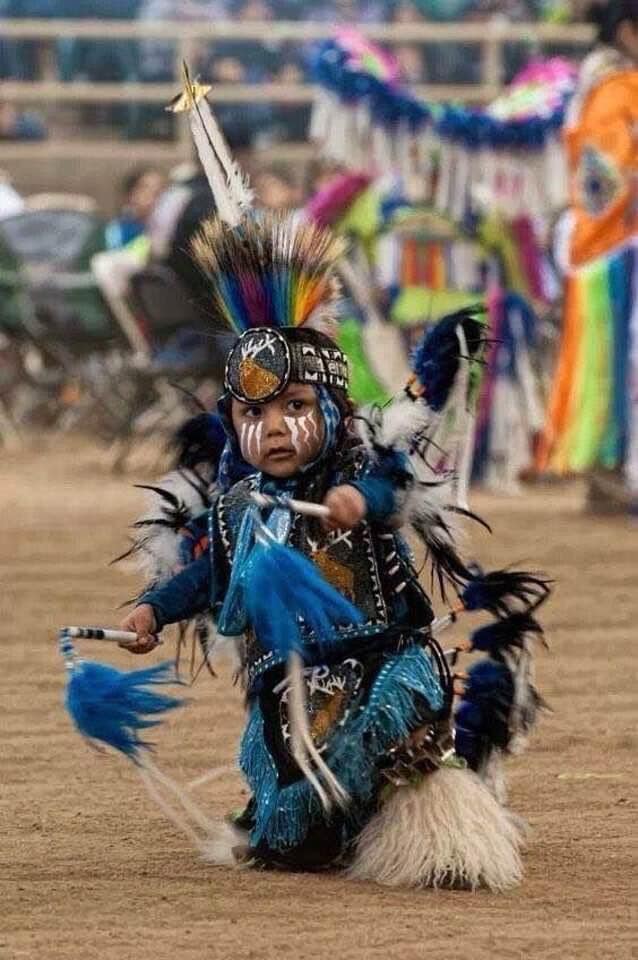

CHAPTER 2
An Overview of Native American Spirituality and Values
The life and oral traditions of Native cultures in North America offer rich and ancient spiritual insight. Despite the enormous diversity between the hundreds and hundreds of tribes that made their home in North America, many tribes shared some common spiritual understanding.
Native American tribes did not think of “religion” as a distinct element of their larger life as a culture and community. Instead, they thought of all of life—every task, every ceremony, every community gathering, every relationship with humans and non-human things—as part of a larger sacred story. The spiritual and the physical are not separate, but interwoven and constantly interacting with each other.
The ancient Native American history, customs, and oral traditions shape the unique perspective of Native Americans living today. They think about family, community, life, values, physical places, and the cosmos in ways that Western cultures do not instinctively understand. This has enormous significance for the way that Native Americans live in modern society, and it helps explain the tension many Natives experience as they try to live in the ancient beliefs of their peoples while also living in today’s Western-dominated culture that does not share these values or an understanding of Native American history.
Physical places and objects are powerful and sacred. Native cultures have a strong sense of the importance of space, place, and objects. These things are alive with spiritual energy, and this makes them a crucial part of spiritual and communal life.
Native cultures have a strong sense of the importance of space, place, and objects. These things are alive with spiritual energy, and this makes them a crucial part of spiritual and communal life.
Life and spirituality take place in the context of community. Each member of the tribe is born into a specific set of responsibilities, relationships, and customs. Your actions, thoughts, energy, and relationships impact the tribe around you, and the health and life of each individual helps or harms the community as a whole.
Spiritual traditions are passed down through generations. The history, beliefs, and traditions of each tribe are taught to children at a young age and kept alive through storytelling. In this way, the spirituality are deeply ingrained in each tribe and preserved through time.
CHAPTER 3
Native American Family Life, Community, and the Importance of the Tribe
The importance of the extended family, the tribe, and the ties of kinship cannot be overemphasized in Native American culture. The Native American spiritual understanding of interdependence resulted in deep bonds of relationship between every member of the tribe.
This sense of interdependence created communal systems where men and women were largely considered equal. Some tribes were matrilineal, others were patrilineal, but in almost all tribes, men and women enjoyed equal respect and freedom. Native American women were revered because of their ability to create new life, and in many tribes, women held positions of power. The sexes were typically divided by the type of work they did for the community, with women farming and gathering and men hunting and fishing.
The Native American approach to child rearing was and is unique. Children were considered sacred, the sign of hope and new life for the whole community, and the whole community participated in the education and raising of children. Native American kids were treated with great affection and respect, and many tribes did not rely on physical punishment as a method of training and discipline. Instead, they raised children with a deep respect for others and for their community—using stories, humor, and experiences to teach lessons about their way of life. From a young age, children were typically encouraged to follow and model and imitate the behavior of important people in their lives, especially those people in the tribe whose roles or tasks they would take on in adulthood.

READ OUR RECENT BLOG
Mental Health issues from historical trauma plague Native Americans
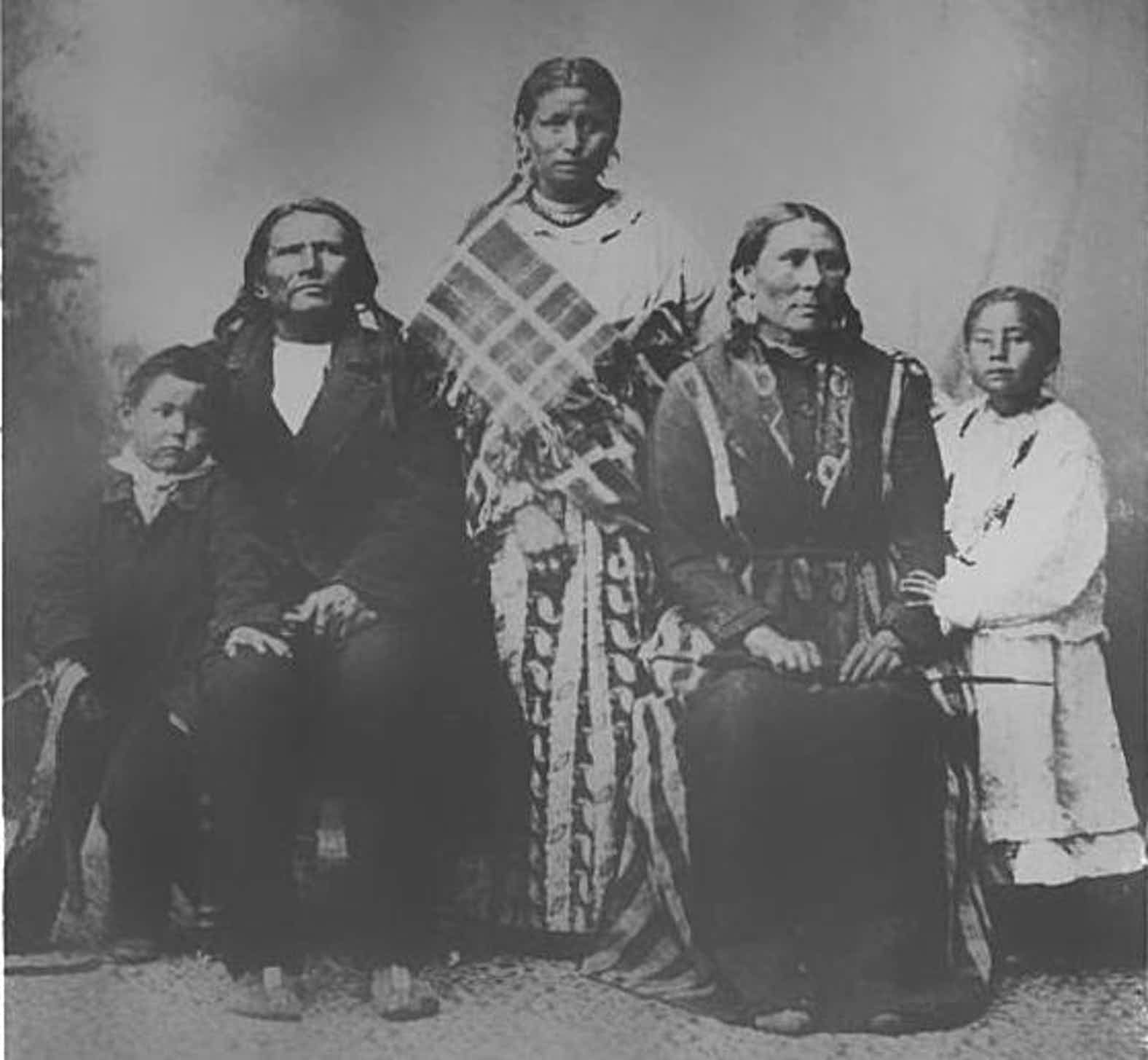




CHAPTER 4
How Native American Culture Was Passed Down Through the Generations
The lessons of natural medicine and spiritual healing were not the only things that were passed down orally from generation to generation of Native Americans.
The entire Native American history and way of life was based on oral tradition and experiential learning. This is a crucial part of the reason why an accurate picture of Native American culture and life has been difficult to reconstruct in the modern era; without written records, the loss of Native communities and Native languages have resulted in the total loss of culture.
The reliance on oral tradition made Native Americans natural storytellers. They thought in terms of stories and legends, and this made them richly textured and imaginative peoples, with a story to explain or illustrate every natural phenomenon and tribal tradition.
Over the centuries, Native American akičhitas (warriors) protected their people and helped in times of strife.
CHAPTER 5
Looking at the Early Native American Diet and Wellness
Native American tribes lived in close connection with the natural world and enjoyed remarkable physical health and ability because of it. They had a very holistic idea of health, which included a concern for the total harmony between every aspect of the person and the environment. From the Native perspective, every physical problem had a spiritual dimension and required the help of a spiritual elder. The specific diet of Native tribes varied widely depending on geographic location, but every tribe had a developed understanding of the local animal and plant life that was best for supporting the physical and medicinal needs of the tribe.
Native American tribes ate a wide variety of animal meats including everything from buffalo, caribou, bear, and elk to creatures like rabbits, squirrels, beavers, snakes, and wild birds. Tribes who lived near major water sources consumed large amounts of fish, while agricultural tribes grew maize, beans, squash, and other plants using advanced farming and irrigation techniques. Because of their great respect for creation, Native American tribes prayed before hunting or killing and were very attentive to using and consuming the whole creature for nutrition.
Medicine men or women were respected elders who had a special connection with the spirit world and who could see and diagnosis the spiritual problems that could impact the physical health of tribal members. They were also relied upon to concoct the salves, poultices, and teas which would capture the natural healing power present in many plants and herbs. These lessons and traditions were passed down orally from generation to generation.




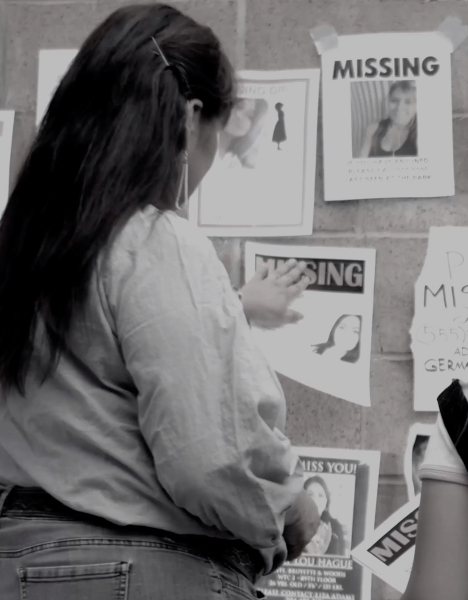



CHAPTER 6
A Deep Connection: Native Americans and the Land
It is crucial to understand that all of life of Native American tribes—celebrations, rituals, hunting, farming, storytelling—took place within a distinct place or region of land and was shaped by the land. Tribes were intimately tied to the land they inhabited and treated Mother Earth with reverence and gratitude.
From the Native understanding, human beings and all other things come forth from the life of Mother Earth. Their sense of generosity and respect toward others and toward the earth comes from an original sense of gratitude to the common mother of all creatures.
For Native American tribes,
CHAPTER 7
Cultural Disruption: The Impact of Colonization on Native Americans
The arrival of European settlers had a devastating impact on Native Americans. These hundreds of tribal ecosystems—deeply spiritual, deeply rooted in oral tradition and cultural practices, and deeply tied to specific areas of the land—were decimated by the introduction of foreign germs, foreign ways of life, and by the dominating, foreign forces of Western violence and constant expansion.
Original Population
Some scholars estimate that the original population of Native Americans in North America before Columbus was somewhere around 10 million people, representing 600+ tribal peoples, languages, and ways of life. Between 1492 and the late 1500s when greater and great numbers of settlers began to arrive, recent historians have estimated that there was a catastrophic loss of American Indian life—possibly up to 90% of the Native population simply wiped out by the introduction of measles, smallpox, tuberculosis, and other Western diseases. As one scholar puts it,
The 150 years after Columbus’s arrival brought a toll on human life in this hemisphere comparable to all of the world’s losses in World War II.
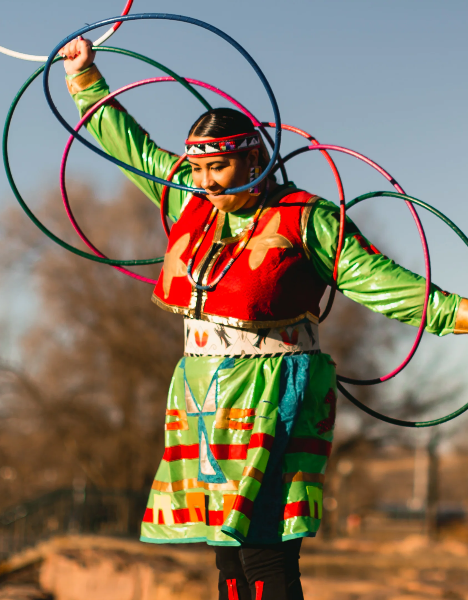



The Destruction Continues
This biological extermination was only the first wave of atrocity, but it set the stage for the type of relationship that Western settlers would have with a once flourishing ancient civilization. The destruction continued as Western expansion pushed the tribes that remained further and further westward.
Over the next 500 years, Native Americans were abused, killed, and relocated from their ancestral lands in a slow genocide for the sake of ambitious settlers who began to make their home in the bountiful land of North America. By the 1830s, the United States government was actively forcing tribes into treaties; under the treaty system, tribes were treated as independent nations with the right to govern themselves in exchange for giving up large sections of their ancestral lands. Tribal nations moved onto small, geographically isolated tracts of land out West—the beginnings of the reservation system that exists to this day. By the 1870s, a federally funded boarding school system, consisting of hundreds of schools, began educating generations of Native children far from their tribes and families.
In many cases, Native children were forcibly removed from their parents in order to attend the boarding schools. At these schools, they were forbidden to express any part of their Native culture, language, or identity. Sexual, physical, and emotional abuse was common, and most schools forced Native children into intense forms of physical labor.
A famous speech delivered by Captain Richard H. Pratt of the Carlisle Indian Industrial School in 1892 captures the general spirit of these boarding school efforts:
That all the Indian there is in the race should be dead. Kill the Indian in him, and save the man.”
The great cultures of the Native American tribes that once filled the land of North America slowly dwindled. In the dominant Western culture of the United States, it was commonly accepted that Native peoples were a “vanishing race” and that their traditions and bloodlines were unlikely to last through the 20th century.
Nevertheless, they persisted. Under a series of laws passed throughout the 20th century, Native American tribes increasingly gave up sections of tribal land, but retained their self-governance and self-determination. Many tribal communities have attempted to preserve some traditional forms of life and to encourage economic flourishing amid modern Western culture.
Native Americans Today
Today, there are 574 federally recognized tribes existing in the United States, with 229 of these located in Alaska. According to the U.S. Census Bureau, there are 6.9 million American Indian and Alaska Natives living in the United States, and they make up roughly 2% of the total population. In the wake of centuries of abuse and disruption, these resilient peoples are on a journey of rediscovery and healing.
Our healing begins with storytelling.
And that’s why we tell stories.
Subscribe to our weekly blog, Voices of Indian Country, to receive our stories.








